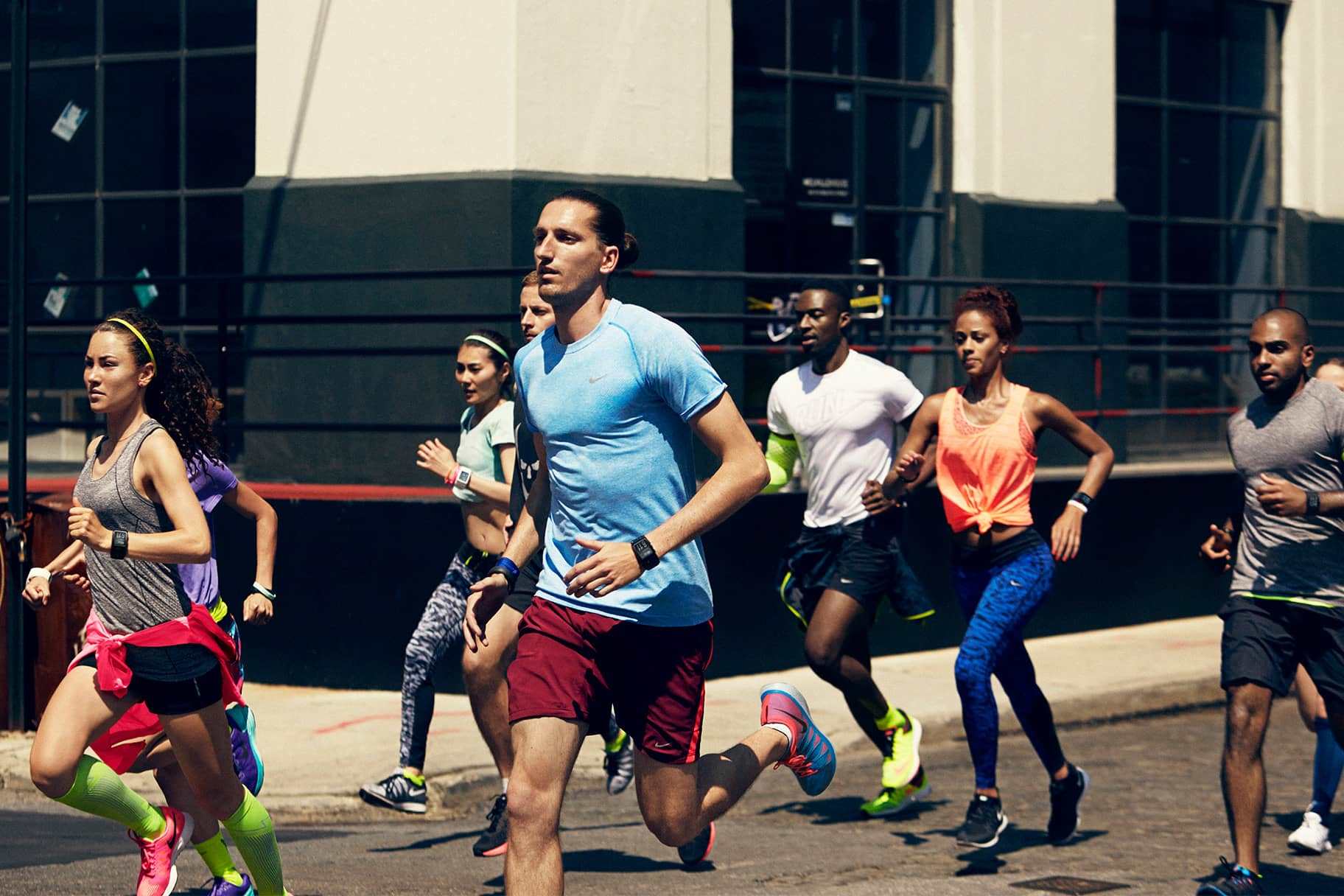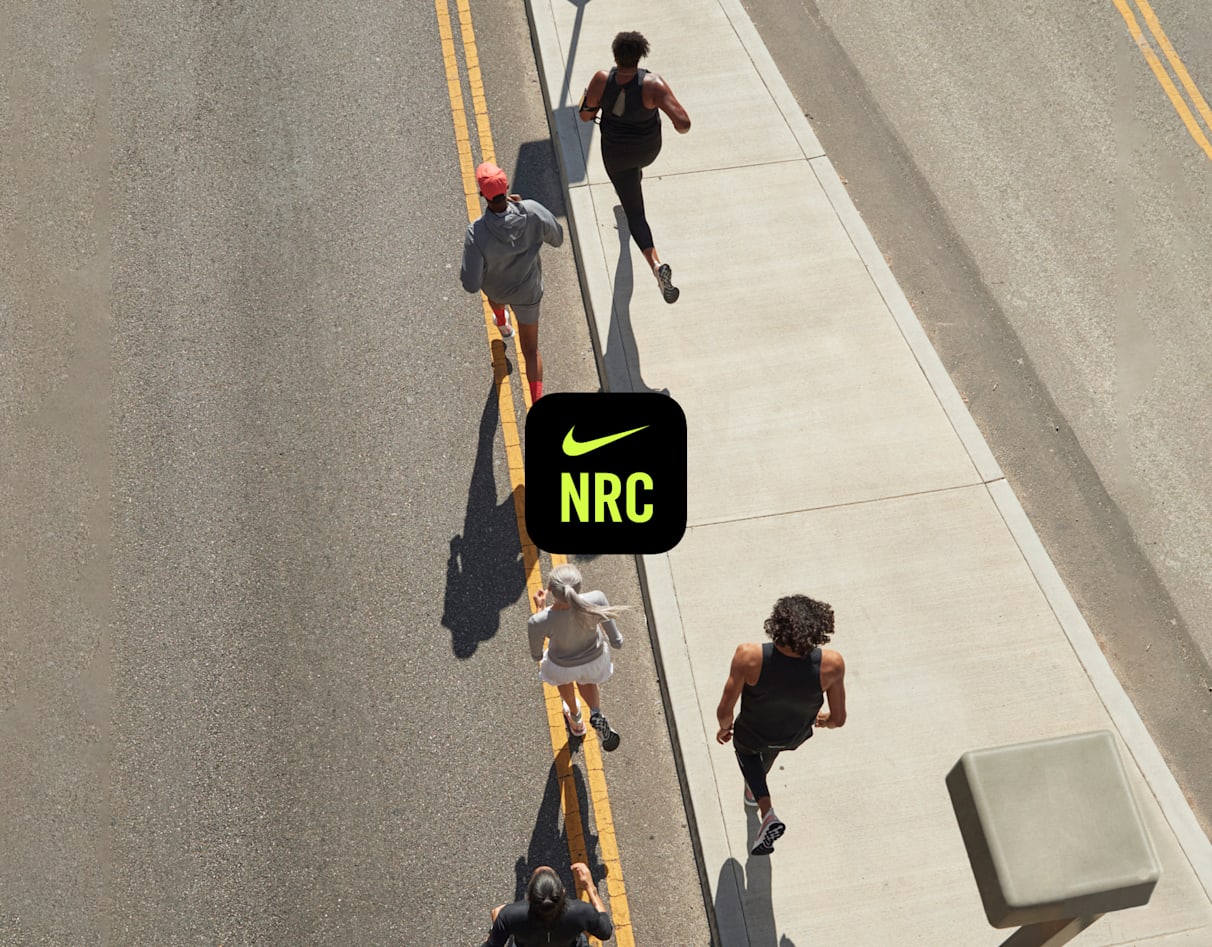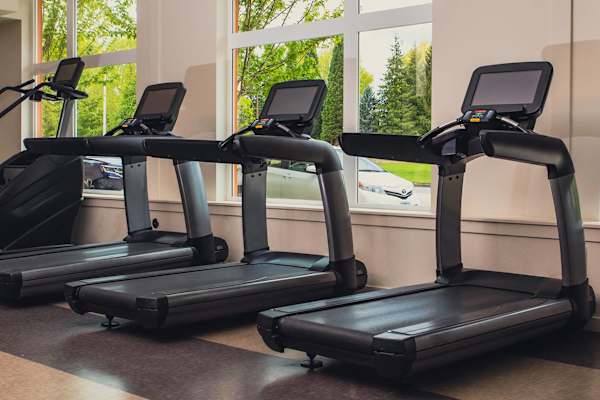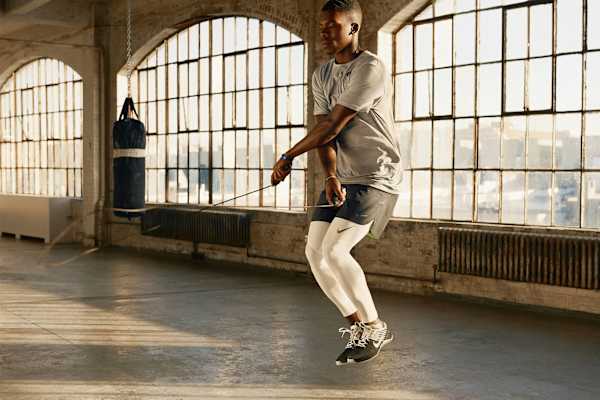The Beginner's Guide to Start Running, According to People Who Have Done It
Sport & Activity
Creating a running routine might be easier than you'd think. Learn how to get started with these expert-backed tips.

Every runner had to start somewhere. Now, it's your turn.
But, where do you begin? Before you lace up, check out this advice from running coaches who have been in your shoes—and guided all sorts of beginners as they foray into the sport too. Check out these expert tips to start running.

Write Down Your "Why"
Why do you want to run in the first place? Answering this question can light a fire under you.
Some people run because they want to improve their health, achieve a goal or try something new. Think of your "why" and write it down in a place where you're sure to see it to continue to inspire you even when motivation wanes. "When I had an illness that forced me to start running from zero, I constantly visualised myself crossing a finishing line", says Amie Dworecki, USATF- and RRCA-certified (Levels I and II) run coach.
Take It Slow and Steady
Many new runners can get a bit eager when they first start out, often feeling the urge to run too far or too fast from the get-go. However, it's important to take training in stride, literally. "Your body needs time to adapt and that's normal", says RRCA-certified run coach Ludgina Dieujuste. Going too hard right out of the gate is a sure-fire recipe for injury or burnout.
RELATED: What Is Overtraining Syndrome—And How to Avoid It
Instead, take the slow-and-steady approach. Running coaches are sure it will get you further in your training cycle—faster. "Building gradually is the key to becoming a successful runner", Dieujuste says. Starting at a slower pace enables you to work on building endurance, patience and discipline—while giving your joints, tendons and bones an opportunity to adapt. It also gives you time to hone your running form and breathing.
Plus, you're more likely to feel accomplished when you keep distance and pace manageable. And when you feel accomplished, you'll probably want to keep up your running habit. On the other hand, doing too much too soon can make runners feel defeated and as if they aren't capable of including running into their lifestyle, Dieujuste says.
She recommends starting with two to three 15- to 30-minute runs per week, taking a day off in between each. Break your runs into intervals where you alternate bouts of walking with running (more on how to do this shortly).

Dress the Part
Investing in high-quality gear can make running more enjoyable and it may help avoid pain and excessive soreness. Buying the right running shoe, for example, can make all the difference in how you feel during and after your run.
Running shoes offer varying levels of cushioning and support to suit different foot shapes, body sizes, personal preferences, running surfaces and training styles. Some shoes are designed to absorb impact while running long distances on roads or treadmills, whereas others are built with extra structure. And some shoes are ideal for specific pronation types (the way your foot rolls inwards when you run). If your foot rolls too far outwards when you run, you're an under-pronator (also known as supination). If your foot rolls too far inwards, you're an over-pronator. Since both pronation types compromise the way your body absorbs impact, choosing shoes that help your feet land in an ideal position may lower your odds of pain or even injury.
It's fine to ask other runners for shoe recommendations. However, every foot is different. Dieujuste recommends going a step further and getting fitted at your local running shoe shop. Alternatively, make sure that you can return a pair after lightly test-running them at home.
Other clothing items you'll need for running will vary depending on climate. At a minimum, key items to consider are high-impact sports bras, sweat-wicking shirts and trousers (shorts or tights work too) as well as performance socks. Keep in mind that you'll need additional running gear for cold climates.
Use the Run-Walk Method
As hinted at earlier, the run-walk method is a highly popular method to build endurance, enjoy your time out on the road and help dodge any pesky overuse injuries.
The run-walk method is simple yet effective. You run for a pre-determined length of time, take a planned walk break and repeat.
"Because running is a high-impact sport, it can take time for the bones and joints to adapt to the activity", Dworecki says. The run-walk method introduces that stress to your body in bite-size pieces, which may lower your risk of pain and injury.
It also helps to gradually build fitness. "By inserting walk breaks, new runners can bring the overall intensity to a more manageable level, enabling them to build their endurance for longer periods of running", Dworecki says. If you simply run as long as you can before getting out of breath, you'll tire out a lot faster than if you break it into manageable intervals.
There are countless ways to slice up your run-walk intervals, but Dworecki recommends starting this way: run for 30 seconds then walk for 2 minutes. Do four to five sets.
Pay attention to how you feel during and after the workout. If everything feels good, consider adding another set to your next session.
Once you're ready, lengthen your running intervals. Switch to running for one minute and walking for two minutes. Then, run for two minutes, walk for two minutes. After that, shorten your walk breaks while lengthening your running intervals.

Join a Running Group
If you dread running by yourself, feel overwhelmed or want extra support as you kick off your running routine, look into local running groups. A running group can be a great network for ongoing help, motivation and community. It can also offer structure to your running routine.
There are different types of running groups. Some groups are organised by a local running association, whereas others are led by a running store or health club.
Many groups welcome runners of all abilities but some are geared towards a specific goal (like training for a marathon) or pace. Be sure to find out if the running group you're interested in has a prerequisite pace or experience level.
"You don't want to show up and get left behind", Dworecki says. Check for details online or contact the running group leader for specifics.
Plan Ahead
Think about it: preparing for your run in advance increases the likelihood that you'll do it, right?
"Do simple things like lay out your running attire the night before and prepare a post-run snack", says Beth Baker, RRCA-certified run coach and World Instructor Training Schools-certified personal trainer.
RELATED: What Should I Eat Before and After a Workout?
Go a step further: decide what time you plan to head out and put it on your calendar. And while you're at it, why not pick your route too?
The more decisions you can make ahead of your run, the fewer decisions you'll have to make in the moment, especially if your day is jam-packed. When you plan ahead, you can just put on your running gear and go.

Watch Your Intensity
One of the best things you can do is take it easy—especially when you're starting out. Even veterans of the sport emphasise how important it is to take easy days, well, easy.
"A common mistake beginners make is running too fast, which can cause extreme soreness or even injury", Dworecki says.
She also notes that running at lower intensities builds up the aerobic energy system (aka, the use of carbs and fats for energy when oxygen is present) used for the bulk of your running.
As you run, rate your intensity level on a scale of 0 to 10. 0 is the effort you put in to lie on the couch watching TV whereas, 10 is the equivalent of sprinting all-out. Dworecki recommends sticking to an intensity level that feels like a 4 or 5.
Learn How to Warm Up and Cool Down Correctly
Running is only one piece of the puzzle. It's also essential to get a handle on the warm-up and cool-down.
"Warming up is especially important if you work at a desk and you're going for a run after a long period of sitting", Dworecki says. This way, your body isn't jarred by the sudden transition from sitting to high-impact exercise.
Meanwhile, a cool-down helps your heart rate and blood pressure return to normal gradually. "If a runner just stops, they risk passing out because their heart rate is still high", Dworecki says. "Similarly, if you stop running and get in your car to drive home, the blood can begin to pool in your lower legs and lead to dizziness". Cooling down can help you avoid both scenarios.
The warm-up and cool-down don't have to be long or complicated to be effective. You can start by simply walking for 5 to 10 minutes before and after your workout, Dworecki says.
Dynamic stretches also help to prepare your body to hit the road or trail. These active movements stretch the muscles and move the joints through their full range of motion. Dynamic stretches introduce your body to the demands of the workout to come.
Here are the best warm-up exercises for beginners.
Static stretches can help you improve flexibility and feel more relaxed after your run, Dworecki says. Simply hold each stretch for 30 seconds.
Here are the best cool-down stretches for runners.

Avoid the Comparison Trap
Top-tier runners emphasise how important it is to resist the urge to compare yourself to other runners.
"It can be easy to compare your pace and feel like you're running too slowly and this can be demotivating or cause you to run too fast", Dworecki says (pro tip: refer back to tip 7).
The bottom line is this: appreciate where you are in your running journey, the steps you've taken to get there and the progress that's waiting for you just around the corner. "Just keep going at a pace you can manage and you will get faster and improve your endurance with consistency over time", Dworecki says.
Words by Lauren Bedosky





